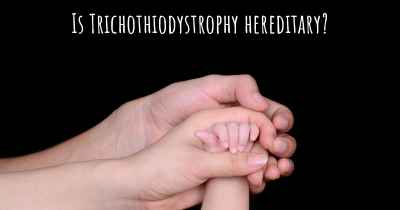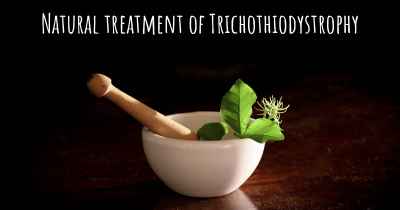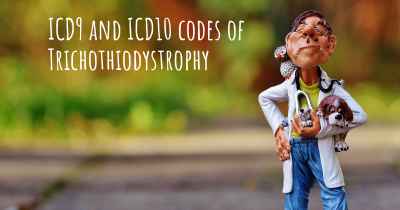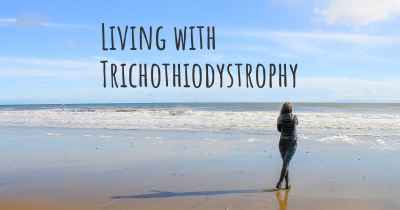What is the life expectancy of someone with Trichothiodystrophy?
Life expectancy of people with Trichothiodystrophy and recent progresses and researches in Trichothiodystrophy
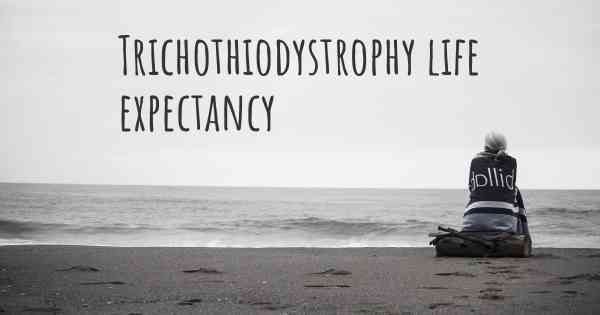
Trichothiodystrophy is a rare genetic disorder characterized by brittle hair, intellectual disability, and various physical abnormalities. The life expectancy of individuals with Trichothiodystrophy can vary significantly depending on the severity of the condition and associated complications. While there is no specific data on life expectancy for this disorder, it is generally considered to be a lifelong condition. Medical management and supportive care can help improve the quality of life for affected individuals, but the prognosis remains uncertain. It is crucial for individuals with Trichothiodystrophy to receive comprehensive medical care and ongoing support to address their specific needs and optimize their well-being.
Trichothiodystrophy (TTD) is a rare genetic disorder that affects multiple systems in the body, including the hair, skin, and nervous system. It is characterized by brittle hair, intellectual disability, and various physical abnormalities. Due to its rarity and the wide range of symptoms, predicting the life expectancy of individuals with TTD can be challenging.
TTD is caused by mutations in certain genes that are involved in DNA repair and transcription processes. These mutations result in impaired DNA repair, leading to the accumulation of DNA damage in cells throughout the body. This DNA damage affects the normal functioning of various organs and systems, contributing to the diverse symptoms seen in TTD.
The severity of TTD symptoms can vary widely among affected individuals. Some individuals may have milder forms of the disorder with relatively few complications, while others may experience more severe symptoms and complications that can significantly impact their life expectancy.
One of the key factors influencing life expectancy in TTD is the presence of associated medical conditions. Individuals with TTD may have an increased risk of infections, respiratory problems, and neurological complications. These conditions can contribute to a higher mortality rate and potentially reduce life expectancy.
Another important consideration is the specific subtype of TTD an individual has. TTD is classified into several subtypes based on the underlying genetic mutations. Some subtypes are associated with more severe symptoms and complications, which can impact life expectancy. However, it is important to note that the classification and understanding of TTD subtypes are still evolving, and further research is needed to fully comprehend their impact on life expectancy.
Early diagnosis and appropriate medical management can play a crucial role in improving the quality of life and potentially extending the life expectancy of individuals with TTD. Regular monitoring and treatment of associated medical conditions, such as infections and respiratory issues, can help mitigate complications and improve overall health outcomes.
Supportive care and interventions are also important in managing TTD. This may include physical and occupational therapy to address developmental delays and improve motor skills, as well as specialized educational programs to support intellectual and cognitive development.
It is important to emphasize that life expectancy in TTD can vary significantly depending on individual factors, associated medical conditions, and the specific subtype of TTD. Therefore, it is challenging to provide a precise range for life expectancy in TTD as a whole.
Ultimately, the prognosis and life expectancy of someone with Trichothiodystrophy depend on a multitude of factors. Regular medical follow-up, comprehensive care, and ongoing research efforts are essential in improving our understanding of this complex disorder and enhancing the outcomes for individuals affected by TTD.

